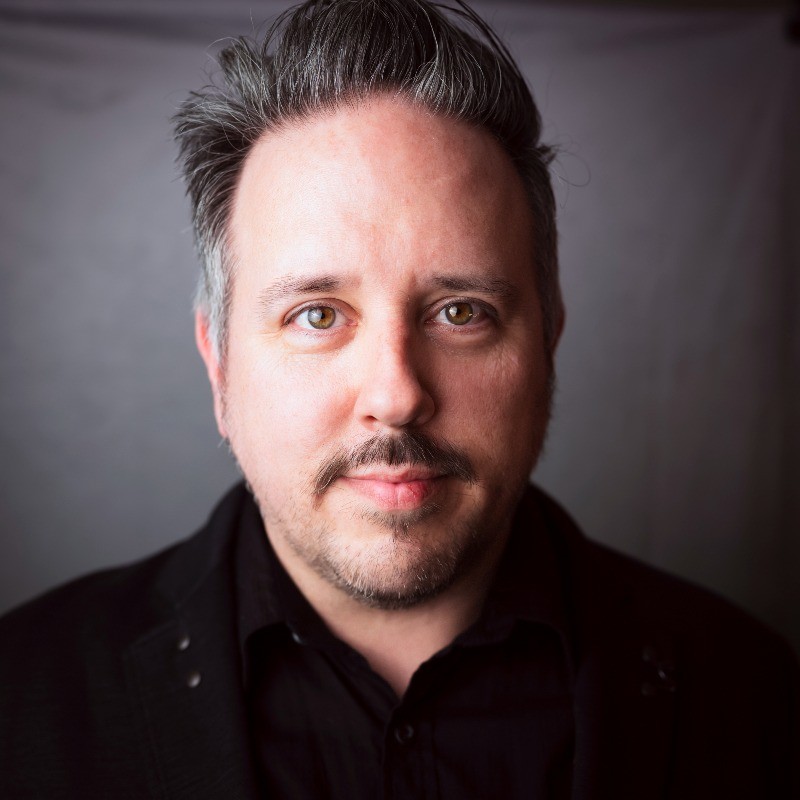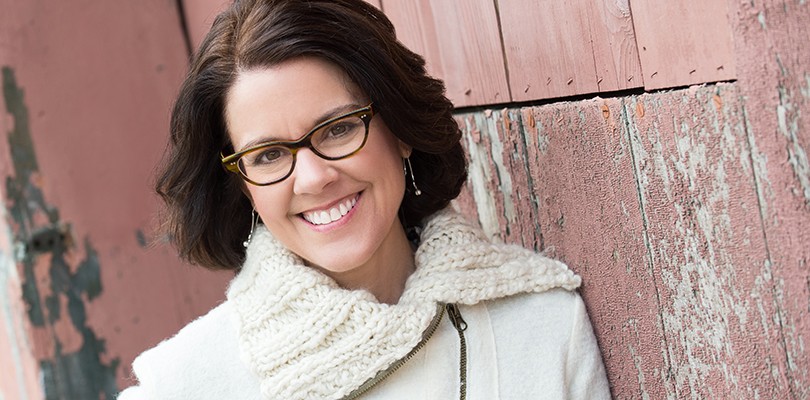Ann Handley on Creating Bigger, Braver, Bolder Content Marketing
When you publish content, it’s competing with everything else that has ever been published in the history of mankind. It’s competing with blogs, social media streams, listicles, YouTube playlists, and every other distraction of the modern age. Content is everywhere, from our mobile phones to our internet-enabled refrigerators.
So it’s no surprise that people experience “content shock,” a kind of numb indifference to the mountains of content around them. How can content marketers break through and get their message heard?
There are few people more qualified to answer that question than MarketingProfs Chief Content Officer Ann Handley. Not only does Ann create stellar content herself, she’s waging a war on dull content in the industry. Her book Everybody Writes is an inspirational guide to making writing more compelling.
When Ann agreed to be interviewed for The Sophisticated Marketer’s Guide to Content Marketing, we asked her to expand on her rallying cry for “bigger, bolder, braver” content.
Read on for Ann’s thoughts on crafting engaging content, finding the space to be brilliant, and more.
Q&A with MarketingProfs Chief Content Officer Ann Handley
LinkedIn: What does “bigger, bolder, braver” mean to content marketers and what steps can they take to ensure they are breaking through the noise?
Ann: Bigger means telling a bigger story that puts your company in the larger context of what people care about. It’s not about you, it’s about what you do for others, so it’s really about putting your product or service in the context of your audience’s lives.
Bolder marketing means you upend the status quo. You tell a story that hits on the specific challenges of a specific audience, but no one else is talking about in the right way for that specific audience.
Finally, braver means taking a braver tone of voice. In a sea of mediocre content, a brave tone can be a big differentiator.
LinkedIn: You built a tiny house where you spend time writing and being brilliant. What advice do you have for marketers on finding their own “tiny house?”
Ann: (laughs) Metaphorically, a tiny house is just a place where I can be hyper-focused on what I’m doing. Really what it does is eliminate distractions. It’s literally a tiny house that has four walls, a floor, a ceiling, electricity, an internet connection, and that’s about it.
It gives me the tools I need to do my job but at the same time it eliminates other distractions that are inherent to my life. I think eliminating distractions holds true for all marketers. Whatever it is you’re trying to do, make that a priority and find a way to block out everything else.
LinkedIn: If you were starting a content marketing program from scratch, where would you begin?
Ann: The first thing I would do is hire a strategist, someone who can set the course for the content marketing program. Five years ago I would have said start with a writer, start with someone who can jump in and start creating content, but I don’t think we can do that anymore.
We need to think about why we’re creating what we’re creating. We need to think about how we’re going to connect with customers, and where we’re going to connect with them. All these questions need to be answered before we can put pencil to paper, pixel to screen.
LinkedIn: In your eyes, what is the biggest difference between content marketing five years ago and content marketing today?
Ann: First, we’re long past the days when creating content for search engines is an effective practice. We need an audience-centric point of view first, and that comes from a strategist.
Second, quality matters a whole lot more than quantity these days. It used to be that publishing regularly was enough to boost you in search rankings and customers would find their way to you. We’re beyond that now. You need to be creating content that has real empathy for the audience you are trying to reach.
LinkedIn: If you are tasked with hiring a content marketer, what is the #1 attribute you are looking for?
Ann: It depends. If it’s a marketing department of one, I would definitely look for a strategist first. I would need someone who understands the “why” behind the content and is able to articulate the plan so that they can sell it to the boss, the client, or whoever you need to convince.
If we’re assuming the strategy is in place, and we have an audience-centric plan that makes sense, I would hire a writer over anybody else.
Thanks to Ann for joining us. You can find Ann on Twitter @annhandley, and read more of her bigger, bolder, braver content at annhandley.com and MarketingProfs.com.
For a comprehensive guide to winning with content marketing from planning to measurement, download The Sophisticated Marketer’s Guide to Content Marketing.
Topics: Content marketing Trends, tips, and best practices LinkedIn Ads
Related articles




